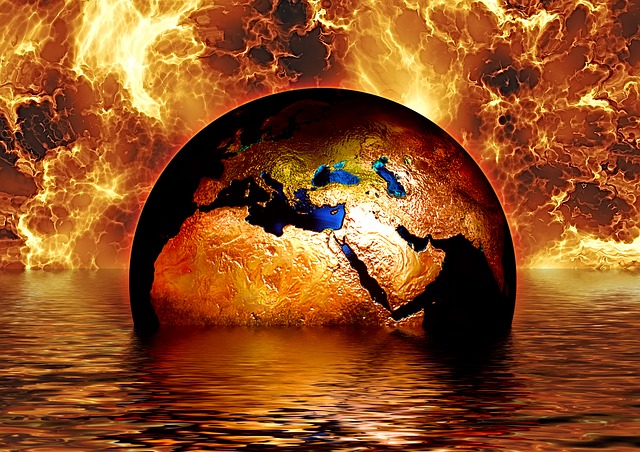How Climate Change Has Influenced Travel Trends
Climate change is the catastrophic effects taking place in certain parts of the world that include a rise in temperature and an increase in natural disasters. Since it’s overlooked, it looks like climate change will have a negative impact on travel. The effects are already being witnessed in the Pacific where people from the Solomon Islands had to leave their homes after rising waters flooded their villages. Find out the five ways climate change will affect air travel and tourism, and learn some useful tips from Rusty Tweed.
Increased Turbulence
The devastating long-term effects of climate change will have a negative impact on aviation. According to a study from the University of Reading, in-flight injuries will only increase due to turbulence. Air turbulence has tripled around the world, no matter the season or time of year. It could even worsen as climate change continues.
The study has also indicated that more needs to be done to improve turbulence so passengers feel safer while in the air. For example, Boeing is currently testing laser technology that allows pilots to detect turbulence up to 16km away. This means pilots have one minute to react and prevent their passengers from experiencing a bumpy ride.
Increased Delays & Cancellations
Since hot air is thin it makes it difficult for airplanes to have enough lift for takeoff. The increase in temperatures can lead to even more delays and cancellations. Several airlines have established regulations on the external conditions for their flight.
According to the New York Times, American Airlines spokesperson Ross Feinstein said that airplanes aren’t supposed to take off or land when they hit an excess of 118F. Back in 2017, American Airlines canceled over a dozen flights since it was too hot for takeoff.
Longer Flights
The Nature Climate Change journal revealed in 2015 that these hotter temperatures will also contribute to longer flights. This increase is one minute of flight time which means airplanes will spend 300,000 hours going through billions of gallons of jet fuel. The increase in flight duration and jet fuel will only contribute to the global warming crisis.
The biggest factor affecting flight duration is upper wind circulation, as noted by Woods Hole Oceanographic Institute of Massachusetts. Scientist Kris Karnauskas revealed that when carbon dioxide and the temperature rises, the circulation will change as well, affecting your flight.
More Weight Restrictions
It’s difficult for meteorologists or pilots to predict or track turbulence in the skies since it’s not present to the naked eye or radar. This solution to tracking turbulence is focusing on other constraints such as the weight of the airplane. To prevent turbulence, airplanes have to flight even higher without anything weighing them down. This could have an effect on the amount of luggage and passengers in a given flight. That means passengers could be faced with even stricter weight conditions at luggage check-in.
Flying & Tourism Will Change
Passengers may also see an increase when booking their airline tickets. Due to the increase of cancellations, delays, and turbulence, airlines are expected to pay $500 million annually. With the increase in fuel and turbulence, passengers will pay more for their flights. The rising cost of air travel will deter travelers and have an effect on the tourism industry across the globe.
That means your travel plans could change. Tourism in certain parts of the world could be cut off due to the effects of climate change. For example, the Zika virus originated in the Americas from mosquitoes that carried the virus from another climate. Your dreams of traveling to Rio could be impacted by this danger.
According to Rusty Tweed, solar and wind power is the best way for airlines and the tourism industry to work with nature. It’s important for travelers to find ways to reduce their carbon footprint. For example, LED light bulbs use 80% less energy than incandescent light bulbs. Working with nature can prevent bigger problems from happening and impacting people’s everyday lives.
